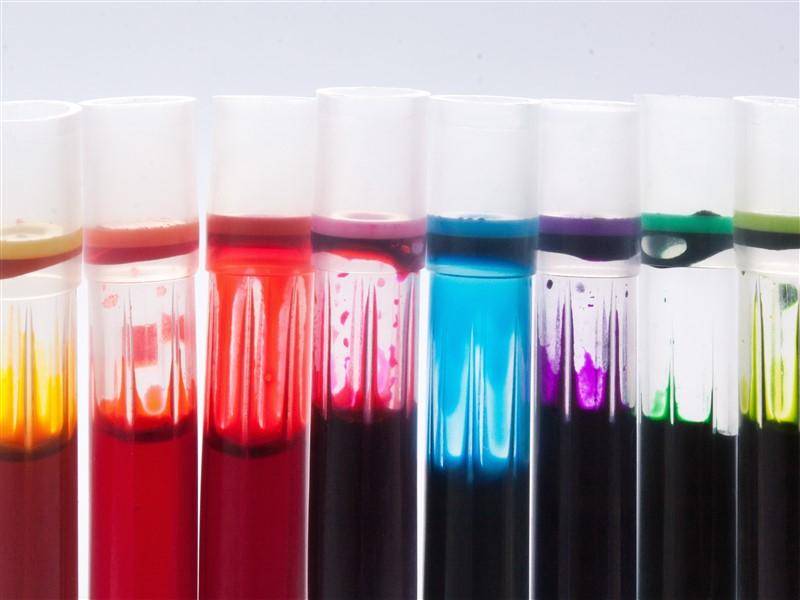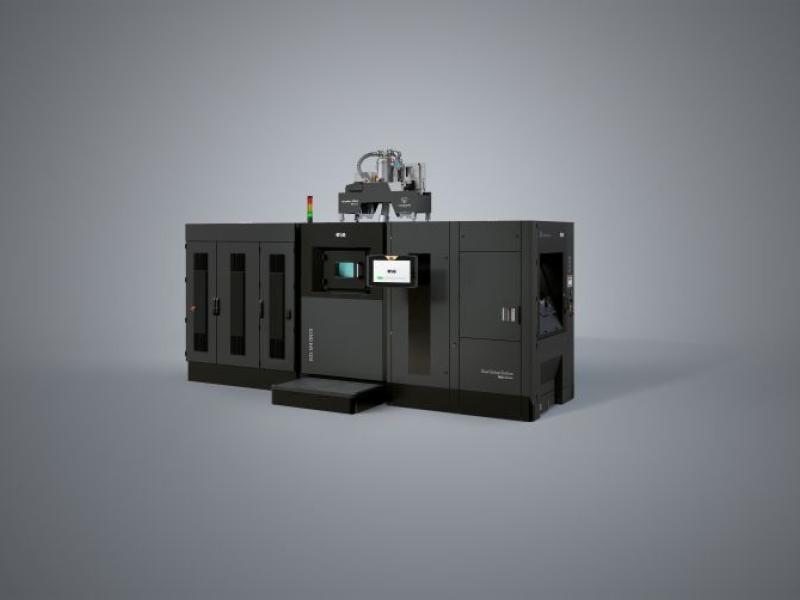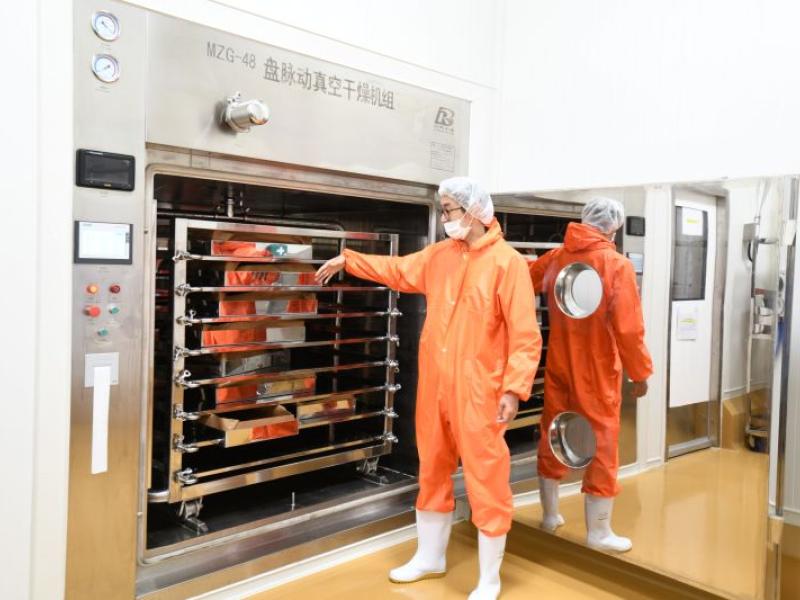Every year, thousands of different inks are used by different industries around the world – especially in CIJ (continuous inkjet) industrial printing, applying batch numbers and codes to products and packaging. But how much do you know about the inks we use
every day?
Since Leibinger produces both printers and the ink used in them, we are in a unique position to shed some light on this universal but often-overlooked substance. With the help of Dr. Thomas Paul, ink expert at Leibinger -Group, we have been digging into the secret world of industrial inks and uncovered a few interesting facts that you might not know.
1. Security UV ink has the same ingredient as washing powder
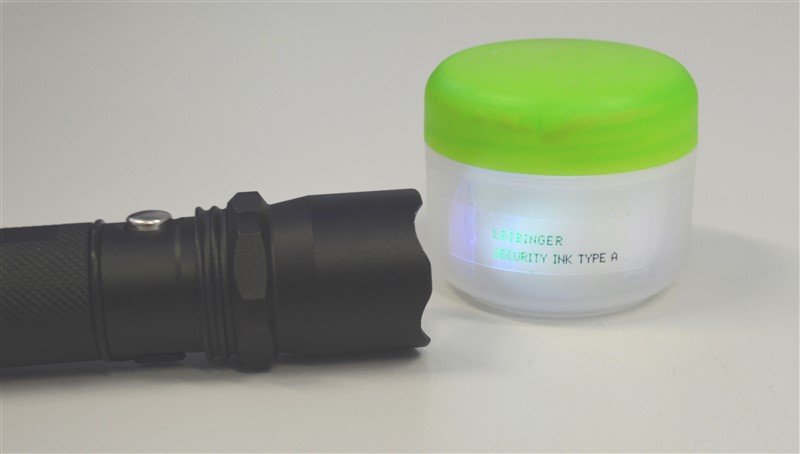
UV-readable ink can be used as a security feature, when hidden marks or codes are added to prove a product is genuine. However, the colorant that shows up under UV light is commonly available; it is in fact a key ingredient in most laundry detergents since the blueish hue helps to counteract the gradual yellowing of clothes, thus keeping them apparently whiter. As a security measure, ultraviolet ink is only effective if it cannot be easily recreated. More advanced security inks therefore combine different colours – for example a black ink that shows up as green under UV light – making them too technically difficult for most counterfeiters to produce.
2. The harder the PVC, the easier the printing
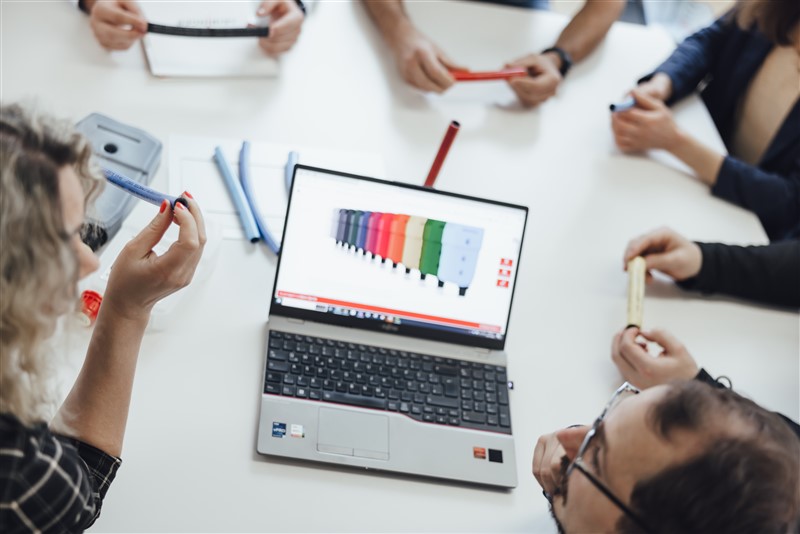
Over 40 million tonnes of PVC (polyvinyl chloride) are produced each year. In its pure form it is quite brittle, so plasticisers are often added in order to make it more flexible. Rigid plastic pipes, for example, contain far less plasticizer than the more flexible PVC is used for cable sheathing and the plastic wrap in food packaging.
But while ink adheres perfectly well onto PVC molecules, it won’t stick to plasticiser molecules.
So printing on rigid pipes is straightforward, but printing onto food packaging and cables where there is more plasticiser present – is challenging. The result is “set-off” – when the ink doesn’t stick and is readily transferred onto the item that is packed next to it. Our engineers have produced alternative ink formulations that adhere more readily to plasticizer molecules and have thus solved the problem.
3. Invisible ink is used to make product packaging more beautiful
UV-readable ink is not just used for security – it’s also used to improve product aesthetics. If brands feel that a visible barcode or batch number would spoil the look of their high-end packaging, they can opt for ultra-violet ink instead. Many products in plain view carry coding information that is invisible to the naked eye but is highly useful for traceability purposes.
4. Green ink is harder to produce, but it's worth the effort
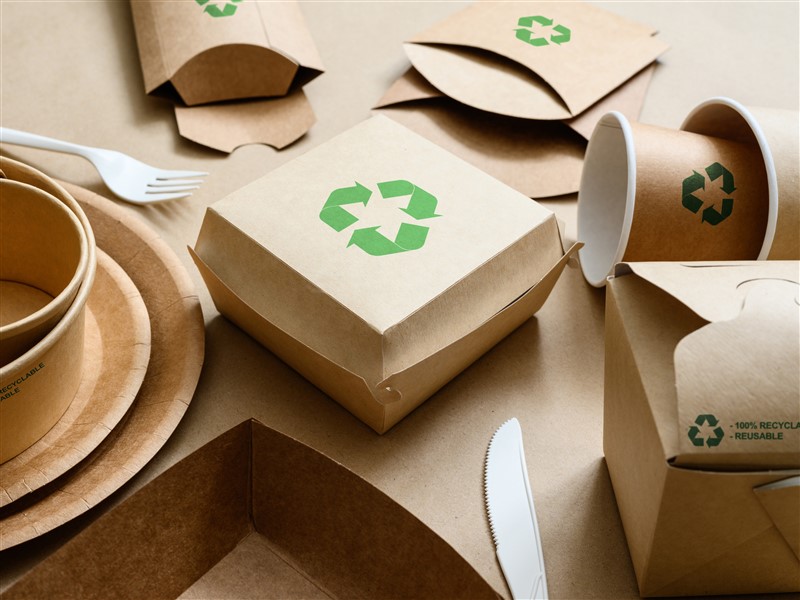
Making the colour is easy. But how do you make ink that is environmentally friendly? To assess the environmental footprint of ink, we need to first look at its key components.
Around 80% of the ink consists of solvent, as the ink has to be ultra-fast drying in industrial and packaging coding applications. Most of the remaining material is the binding agent and the colorant that remains after the solvent has evaporated. Traditionally, both the solvent and the binding agent have been oil-based, which presents a significant challenge to ink manufacturers. But Leibinger is now able to produce an innovative ink that is around 85% bio-based, dramatically reducing their impact on the world’s resources.
5. The perfect ink recipe requires a pinch of salt
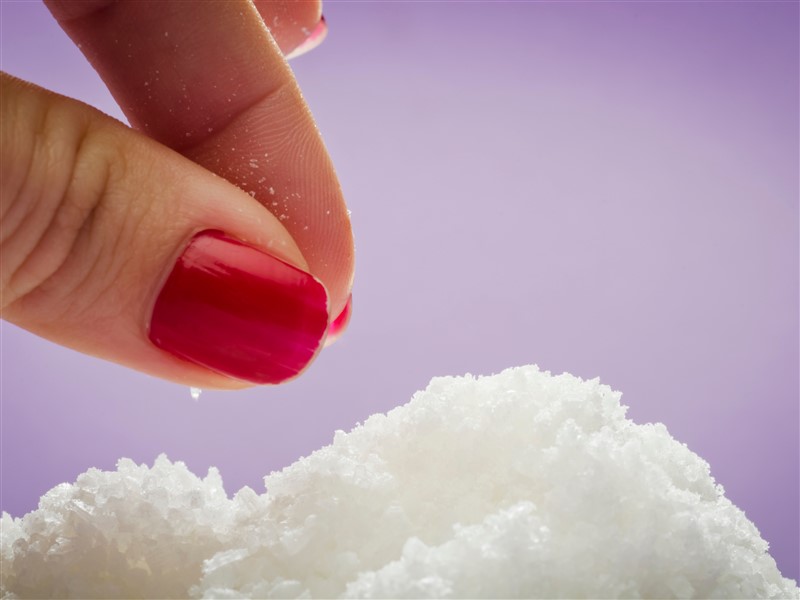
In addition to the solvent, the colourant and the binding agent, there is another secret ingredient in CIJ ink that not everyone knows about: salt. This is because CIJ is a process that relies on giving each drop of ink an electrostatic charge so it can be deflected by electrostatic plates to form letters and codes on the substrate. This requires the addition of salts of some kind, which helps the ink to conduct electricity and therefore able to respond to the CIJ deflection process.
As all good chefs know, the perfect recipe always includes a pinch of salt.
6. Every letter you receive contains ultra-violet ink
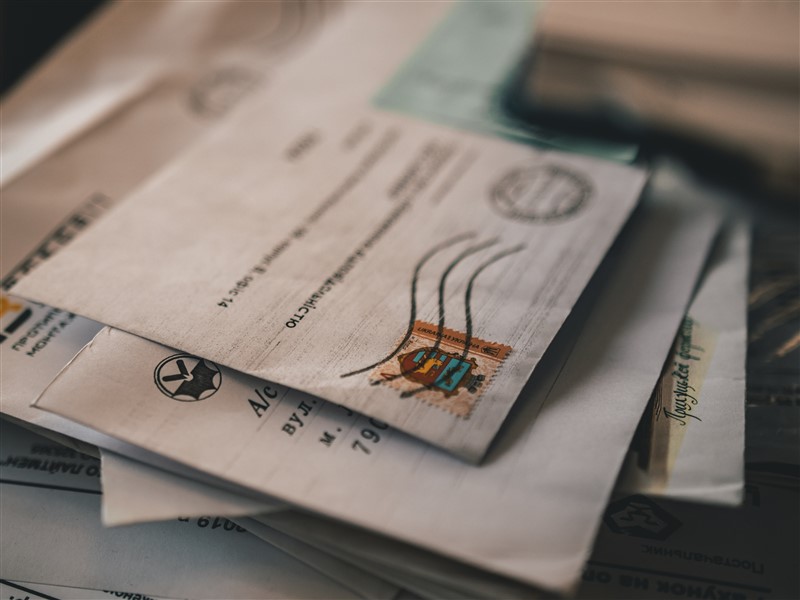
Machine readers – such as the millions of scanners that are used in postal sorting systems – work more effectively with UV ink. It is simply more legible than regular black and white printing. So, when a letter arrives at the sorting office, an OCR scanner reads the written address and then applies a barcode in UV ink, which can be quickly and accurately read by subsequent scanners, thus speeding it through the postal system. If you’ve ever wondered why your mail often comes with a faint orange or pink barcode printed on it, now you know...
7. Ink properties reflect specific customer needs

Sometimes you may want the number or barcode that you print to stay visible forever. But our customers also often need inks that can be removed when required. So we need to create inks with varying levels of permanence or washability.
Take for example the expiration date on a recyclable glass bottle. When the bottle is refilled, a new expiration date needs to be applied in place of the old one – which is typically removed via a caustic solution of some kind in the bottle recycling plant. But because those bottles frequently get wet (whether in the ice bucket, or simply attracting condensation when they are straight from the fridge on a hot day) the ink must be permanent enough not to be erased by water alone. PET bottles present a different challenge. They are not refilled, but the expiration date must still be erased to prevent the ink adding a grey tinge to the recycled material.
However, some markings really are very temporary. In car manufacturing, rolls of aluminium sheets are usually marked with a batch number. But once those sheets have been shaped into panels for the vehicle, the code must easily removable.
Our customers require different levels of permanence depending on the needs of their products and the way customers use their products: it’s our job to produce inks that deliver it.
8. Many printer manufacturers cannot produce their own ink
Here at Leibinger, we’re well known as a manufacturer of industrial inkjet printers and industrial printer ink. That means we can help our customers print more accurately, more efficiently and more sustainably because we understand how inks and printers work together.
This is in contrast to many other printer companies who have to buy in their ink from a third party. The ink manufacturer provides a “certificate of analysis” that proves the chemical constitution of the ink but, while this usually deliver perfectly good results, it’s not the same as actually testing different inks in different printers. That’s what we do every day at Leibinger and we like to think it makes a difference for our customers.
Find the ink that works for you
Whatever your print requirements, you need perfect combination of ink and print technology to get the best results. We have a range of machines that operate at different speeds, with different features and different price points that suit our customers’ production processes – and we combine this with an ink formulation that will give them best results on their substrate, whether that is metal, glass, cardboard or any other material. And because we produce both ink and printer, you know that it will be a combination that has been thoroughly tested by us to ensure optimum performance for you.
More information: www.leibinger-group.com


